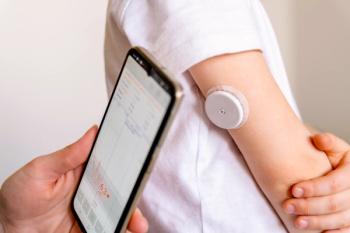
Student Pharmacists and Pediatric Immunization: Just-In-Time-Training
From time to time, localities experience outbreaks of vaccine-preventable diseases and need to engage emergency teams to assist in vaccination efforts.
From time to time, localities experience outbreaks of vaccine-preventable diseases and need to engage emergency teams to assist in vaccination efforts.
Generally, the need for emergency vaccination becomes acute when the number of patients and hospitalizations climb precipitously. For example, the 2017-2018 influenza outbreaks have been more serious than expected, creating a need for increased vaccination in some areas. A similar outbreak occurred in New York State in 2013. At that time, the state needed trained immunizers quickly to mount an effective response. Often, the greatest need is for immunizers who can deal with infants and children.
The journal Currents in Pharmacy Teaching and Learning includes a study that looks at how to train student pharmacists to administer pediatric influenza vaccine. The researchers pursued the study because previous data indicated that many pharmacists are uncomfortable administering pediatric immunizations. They noted that, while training to administer pediatric immunizations would ideally occur before an epidemic, just-in-time training (JITT) is one option to mobilize the health care team quickly. They compared traditional training to JITT provided in mass immunization clinics.
At the study start, most pharmacists had low confidence in their ability to administer pediatric immunizations.
The researchers provided the training using an infant mannequin and employed an actor to stand in as the mother. Regardless of whether student pharmacists were trained traditionally or in JITT groups, they had similar interest, comfort, and confidence by the study's end. The competency scores were also similar.
The administration technique used had 20 steps. Students in the JITT group were most likely to fail to distract her calm infants or document the injection site in the medical record correctly. Those who were trained traditionally typically forgot to show videos demonstrating the specific injection location.
The researchers noted that having an individual who provides oversight and corrects technique errors is important during public health responses. They also reported that volunteers at mass vaccination clinics need orientation that covers the reason for the clinic, paperwork, documentation requirements, and important counseling points. Immunizers also need to remind parents of children who are younger than 9 years old that children may need booster shots.
Providing adequate training to pharmacists on how to administer pediatric immunizations has the potential to increase community workforces significantly and help public health officials respond quickly and efficiently to outbreaks.
Reference
Terriff CM, McKeirnan K. Training student pharmacists to administer emergency pediatric influenza vaccine: A comparison of traditional vs. just-in-time training. Curr Pharm Teach Learn. 2017;9(4):560-567.
Newsletter
Stay informed on drug updates, treatment guidelines, and pharmacy practice trends—subscribe to Pharmacy Times for weekly clinical insights.




















































































































































































































